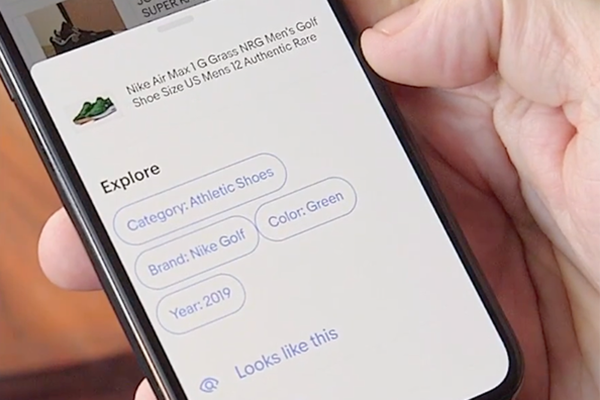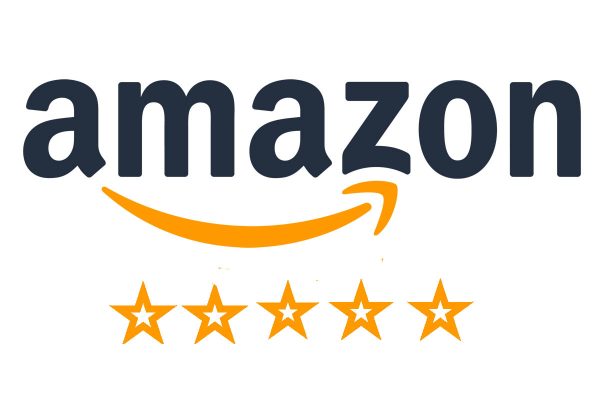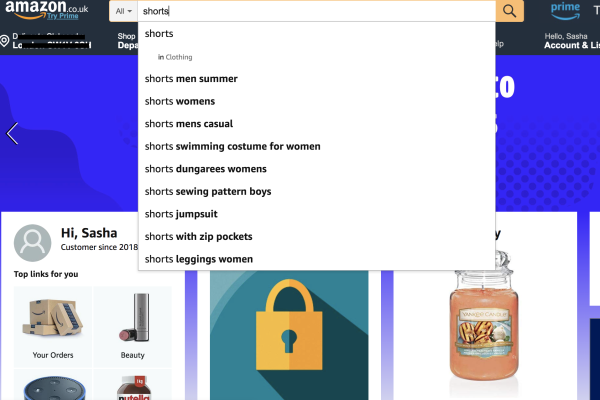SEO is often seen as a bit of a black art and many proponents of SEO are still giving advice which, whilst still valid, is outdated and misses out on how new technology has developed. That not only applies to traditional text based SEO but also to SEO optimisation for image search.
There are two distinct ways that your images may be found online – visual search and image search. If you are an ecommerce merchant you’ll want to ensure that your images are surfaced, so today we pull some tips from the Tamebay Position Paper on Search to highlight why images are important and how to do SEO optimisation for image search.
Visual Search
Visual Search is where the consumer browses a set of images that have been surfaced in search results. A typical example of this is eBay Gallery search (rather than list view) and a similar experience will be seen when you search Google for images.
Top Tips for Visual Search
You’ll want vibrant products and large images for sites that include zoom. Uncluttered images without borders, text or other decorations are key otherwise they may well be suppressed by many search engines, so make sure that your product fills the frame and stands out as a crisp clean image.
Older Image Search SEO
There are two distinct types of image search with the later being much more sophisticated analysing the actual image whilst the older form of image search relied on inferring the subject from related information.
Image search started by using signals within or around the image – the image name, tags and text placed around or close to the image – both captions and text on the webpage. Whilst this enabled search engines to infer the content of the image it was limited when finding similar images based on similar tagging and did little more than reduce images into a subset of text search.
Top Tips for old Image Search SEO
Common advice has in the past been to rename the file name to relate to the image, add alt tags and image descriptions, and place contextual information around the image.
Image Search SEO today
Today, Image search is based on the image itself. When an image is uploaded to a shopping search engine the image itself is analysed. Details such as shapes, lines, colours and proportions are converted into a mathematical model from which an image database can be searched to find other images with similar attributes.
Two key components of Artificial Intelligence are utilised – computer vision and deep learning – to power image search results. Consumers may take a photo or upload an image from their device or use an image already on their device or from any webpage which will be analysed and then compared to the image database to present visually similar images and, for ecommerce, products for the consumer to purchase.
The aim in image analysis is to understand the content of the image and infer enough unique attributes to be able to compare it to the image database and surface similar images and for ecommerce this means similar products.
Top Tips for Image Search SEO
Key for retailers is understanding how shots from different angles can assist search engines to analyse their product. For instance, something as simple as a shirt if photographed in its retail packaging may not reveal if it’s a long or short sleeved shirt. By shooting photographs on a mannequin (or even a on a flat surface) image search will immediately be able to analyse the image and infer the sleeve length enabling it to be better compared to similar products.
Further reading
To find out more about SEO for ecommerce including the section on SEO optimisation for image search, read the Tamebay Search Position Paper which you can download for free.










2 Responses
Hey Chris
Enjoyed the read. Keep up the good work
This is a great article, Chris.
Some of them seem so obvious after the fact.